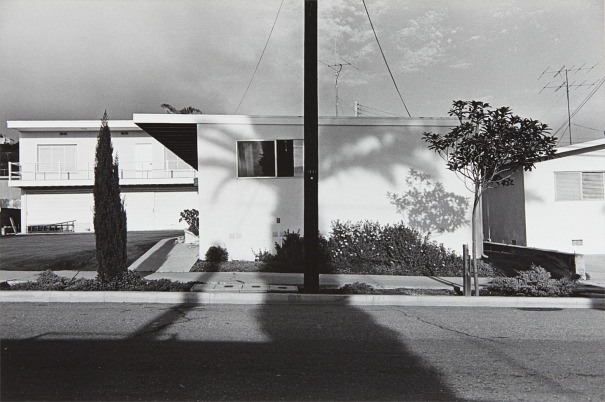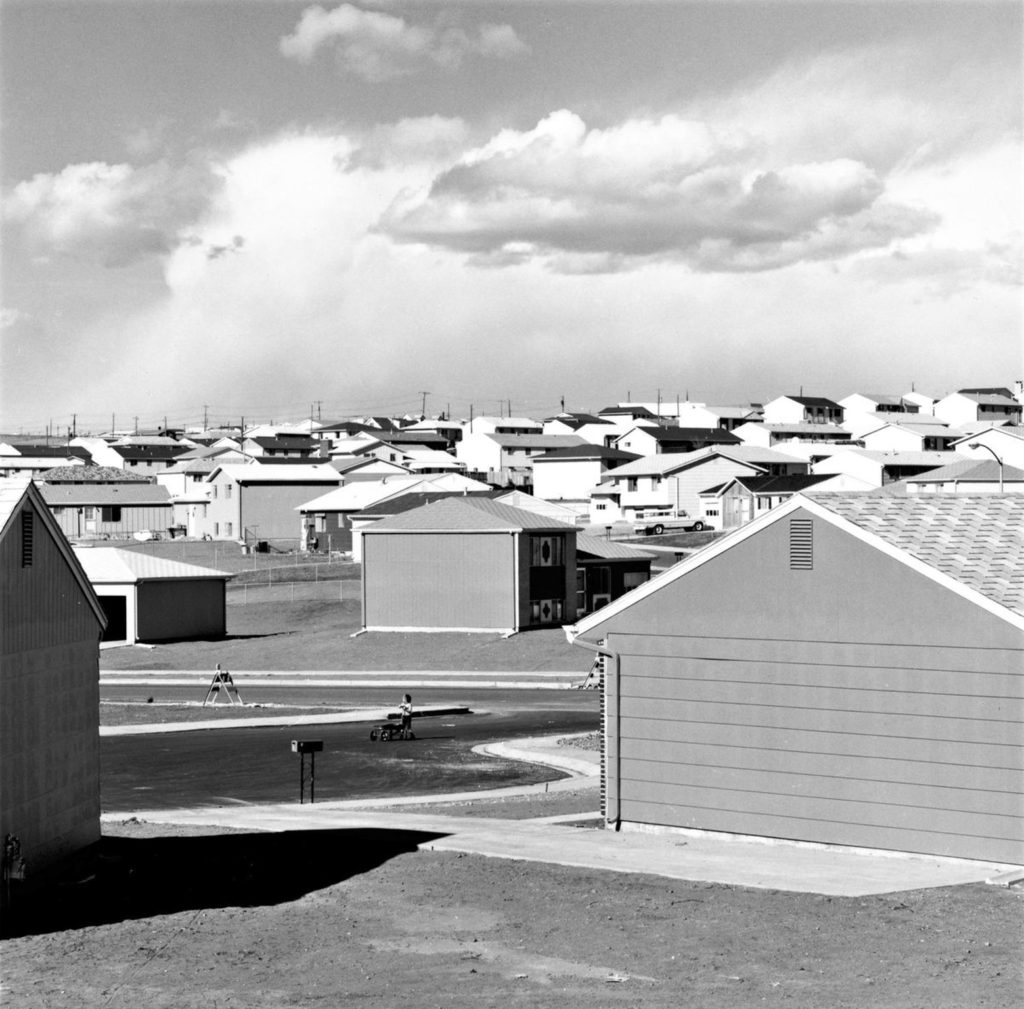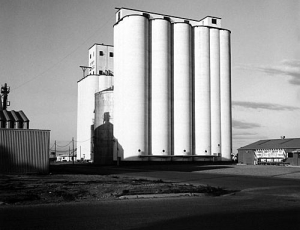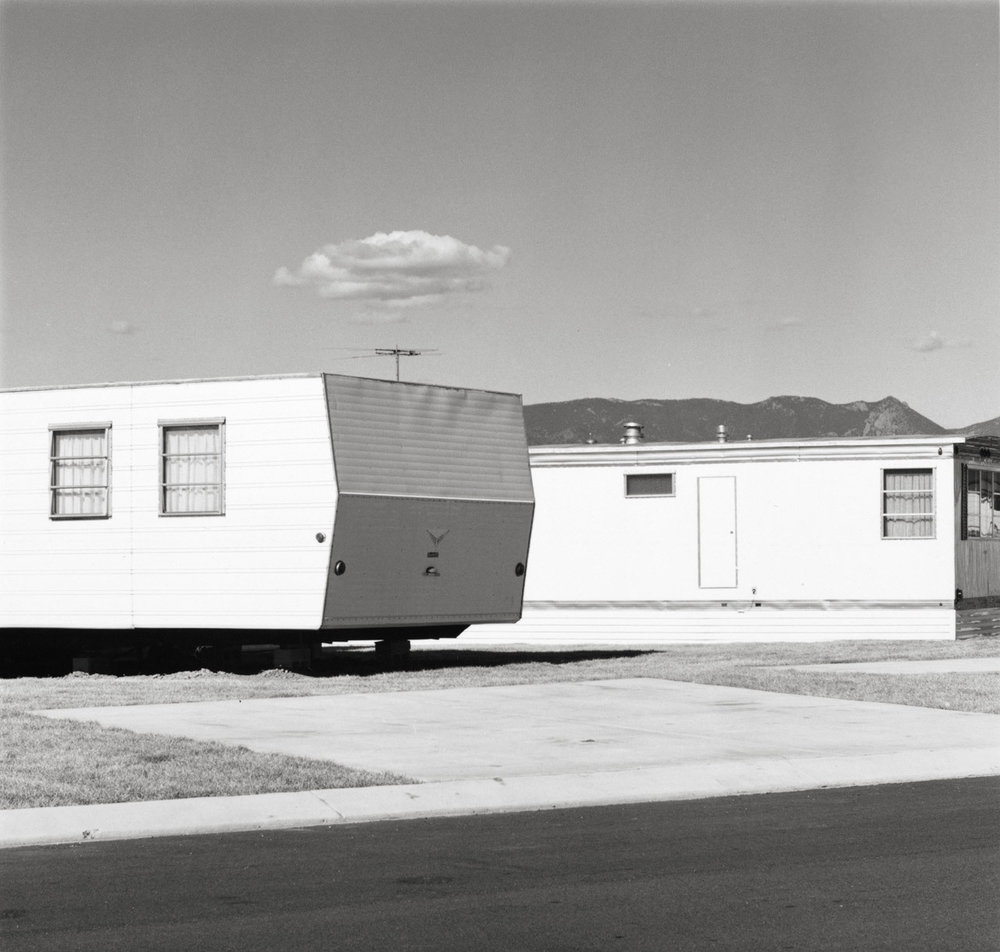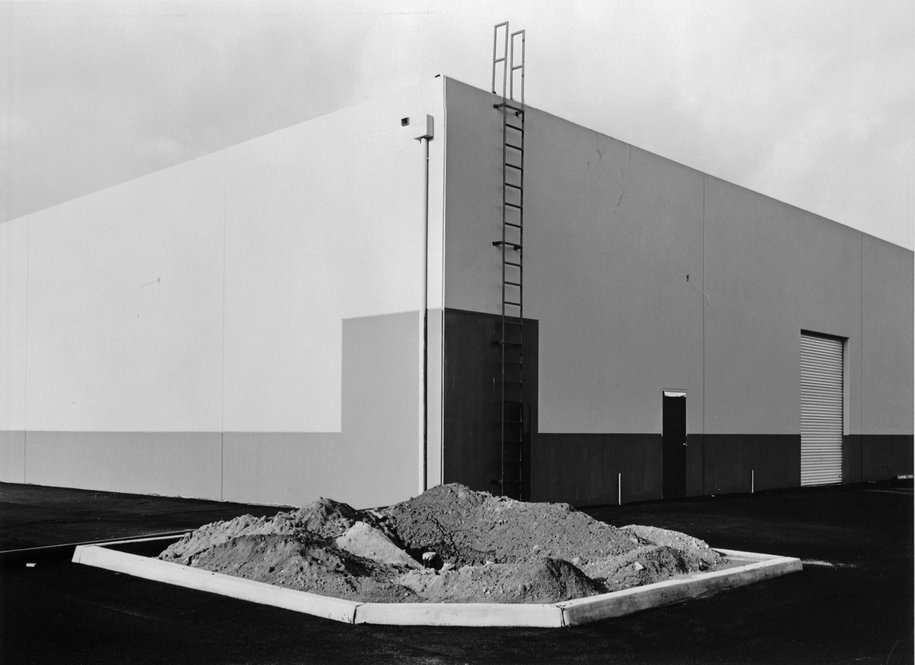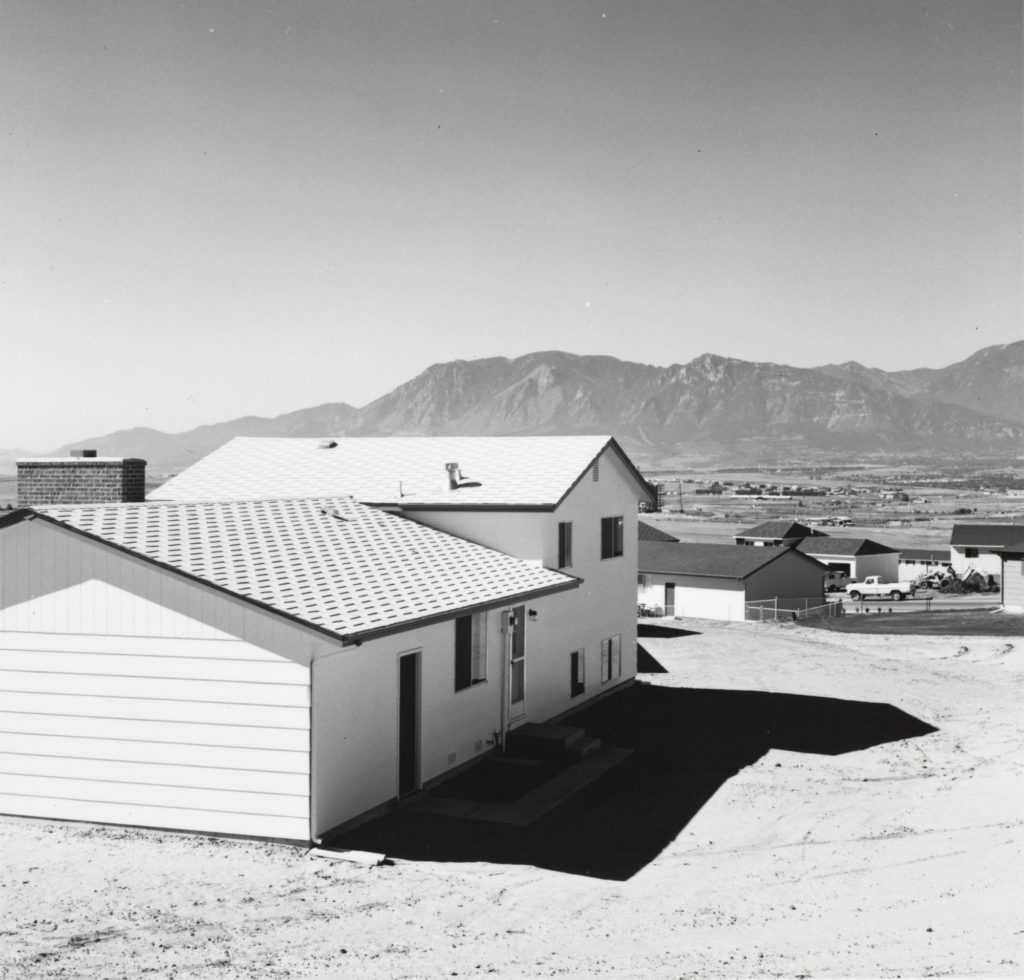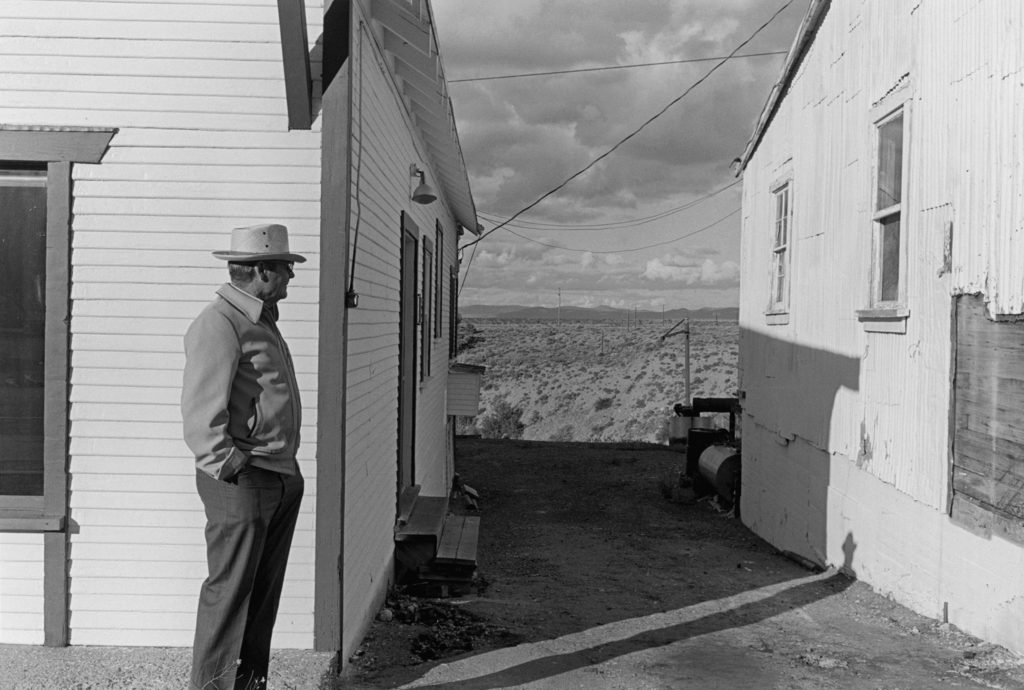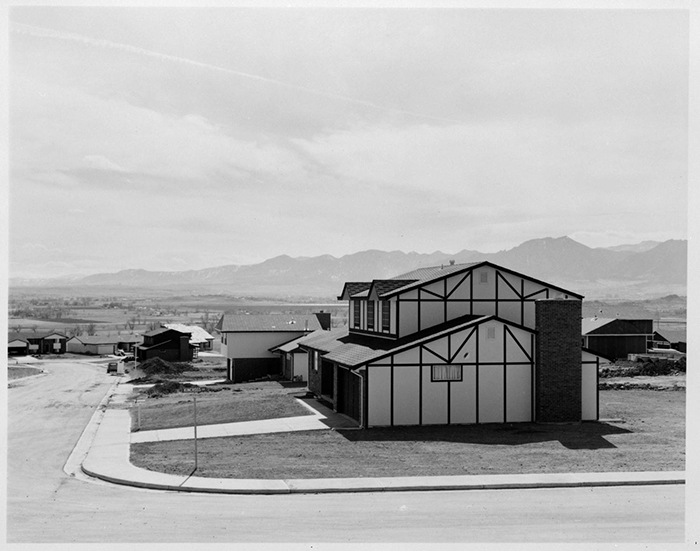‘The New Topographics’ is a term that refers to a group of American Photographers (as well as the artistic movement) in the late 1970’s (Including Robert Adams, Lewis Baltz, Nicolas Nixon, Stephen Shore, etc…) who explored an unconventional view on landscape photography, involving how humans affected nature around them.
These photographers typically produced black and white images which are taken with a derelict, almost boring aesthetic. However, they also had their own sense of beauty in their formality, much like traditional landscape photographs, this beauty was likely derived from the regular lines and patterns created from man-made buildings, which, when paired with natural elements subtly included in the backgrounds of these images, creates a clear juxtaposition between the natural irregular shapes.
What was The New Topographics a reaction to?
In 1975, at the International Museum of Photography in Rochester, New York, William Jenkins gathered 10 photographers whose work documented a “man-altered landscape” in an exhibition called ‘The New Topographics’. The New Topographics as a movement was a reaction to how man had impacted the natural landscapes around them, not only physically, but also artistically, which is very clearly shown in the isolated and banal aesthetic that the photographs used. Unlike photographers such as Ansel Adams, these photographers embraced the idea of depicting nature as being “altered” (the implication being negative to a certain extent) in order to get their message across, rather than displaying nature as “un-altered” to promote conservation.
In a recent review in the Guardian newspaper, photography critic Sean O’Hagan suggested that ‘they were photographing against the tradition of nature photography that the likes of Ansel Adams and Edward Weston had created’
Case Study: Henry Wessel
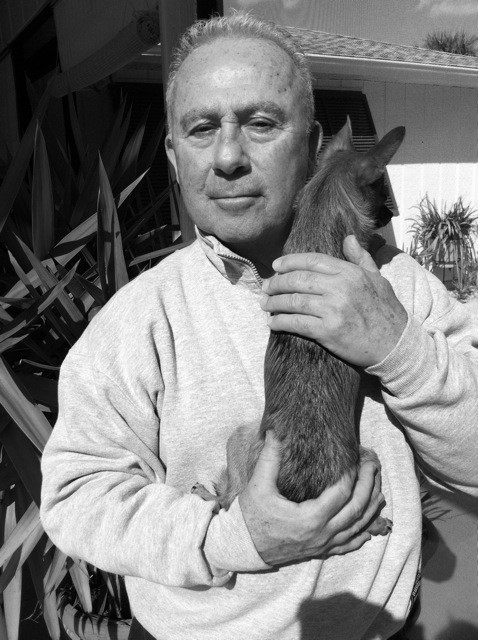
Henry Wessel was an American photographer who’s work was a part of the original New Topographics exhibition. Wessel’s career in photography was inspired by a book he found in a shop near Pennsylvania University which he was studying at at the time. He started photography career seriously in 1967. Wessel mainly explored the landscapes of California, due to its harsh sunlight which created dense shadows and gave his images a brighter, higher-exposure look. His photography typically creates a deadpan aesthetic which matches nicely with the works of the other photographers who were featured in the New Topographics exhibition.
Image Analysis:

This image, due to California’s harsh sunlight, is slightly over-exposed, with the only dark parts of the image being the shadows and tree leaves. This brightness gives the image a very clear contrast between the dark and bright parts of the image, in addition, the white, bright shades on the buildings are very similar to the colour of the sky, this effect is made clearer due to the image being black and white, giving the image an almost other-wordly look. Both plants and buildings can be seen in this image, with the plants having a far more irregular shape compared to the regular buildings, creating a contrast, or divide, between those aspects. The plants are also far darker in colour compared to the buildings, giving them a contrast in terms of lightness. This image follows the rule of thirds as the focal point, the dark trees, are in the bottom left of the image. While not as obvious as other photographs, the leading lines in this image, such as the cables hung between the poles and the shadow of an off-screen building, do point towards the trees.
Perhaps the meaning behind this image, like the other photographs shown in the New Topographics, is to show humanity’s affects on the natural world. I think Wessel does this effectively through his use of scale/distance, with some buildings being closer than others, and his inclusion of trees in the image.

